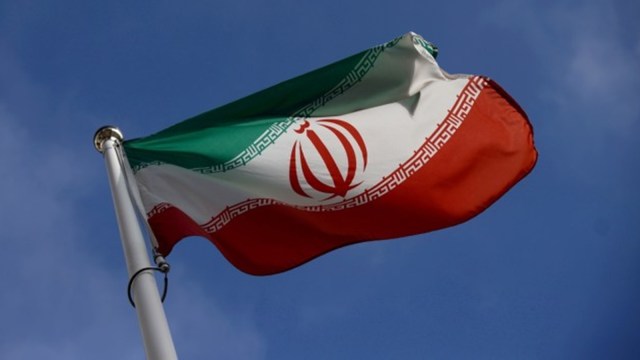
An agent of Israel’s Mossad intelligence service was executed on Saturday in Iran’s southeastern Sistan-Baluchestan province, the official IRNA news agency reported.
“This person communicated with foreign services, specifically Mossad, collecting classified information, and with participation with associates, provided documents to foreign services, including the Mossad,” it said.
It did not name the person.
It said the accused had handed classified information to a “Mossad officer” with the aim of “propaganda for groups and organizations opposed to the Islamic Republic”. It did not say where the alleged handover had taken place.
It was not clear when the person was arrested, but IRNA said an appeal had been rejected.
The execution, which took place in a Zahedan jail in Sistan-Baluchestan, came a day after Baluch militants attacked a police station in the province, killing 11 security personnel and wounding several others.
A state funeral was held on Saturday for the men in the town of Rask where the attack took place, according to state television. Two militants of the Jaish al-Adl group were also killed in ensuing clashes.
The impoverished Sistan-Baluchestan province, which borders Afghanistan and Pakistan, has long been the scene of frequent clashes between security forces and Sunni militants. The population of the province is predominantly Sunni Muslim, while most Iranians are Shi’ite.


















